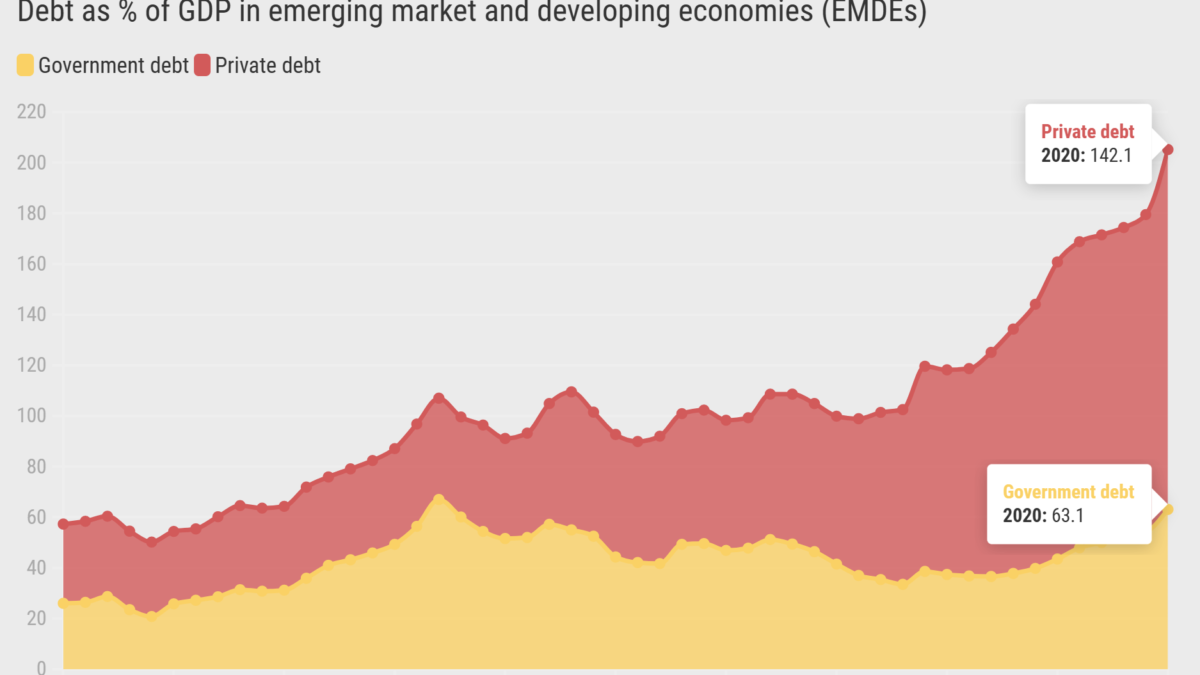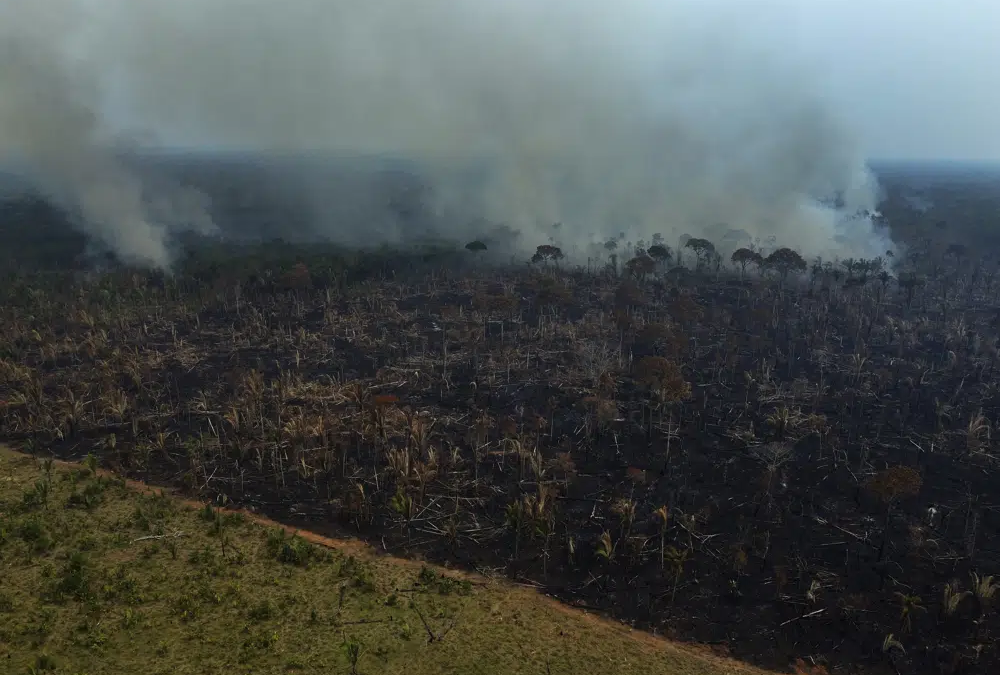ExxonMobil predicts climate efforts will fail – “Fossil fuels remain the most effective way to produce the massive amounts of energy needed to create and support the manufacturing, commercial transportation, and industrial sectors that drive modern economies”

By Maggie Harrison
1 September 2023
(Futurism) – According to Exxon Mobil, oil giant and one of the more prominent architects of our planet’s fossil fuel-laden doom, humanity is likely to fail its climate goals of halting a global temperature rise of two degrees Celsius by 2050.
As The Wall Street Journal reports, Exxon published its grim prediction in a Monday climate report [ExxonMobil Global Outlook: Our view to 2050 –Des], effectively arguing that while global climate change efforts have made some progress — CO2 emissions caused by world fossil fuel consumption, the company posits, will fall by 25 billion metric tons by 2050, which will mark a 26 percent decrease from this decade’s “peak of 34 billion,” according to the WSJ — it simply won’t be enough to curb that dreaded two-degree global temperature uptick.
“An energy transition is underway,” reads the Exxon report, according to Reuters, “but it is not yet happening at the scale or on the timetable required to achieve society’s net-zero ambitions.”
Very bleak! And yet, according to the WSJ, Exxon also, in the very same report, argued that fossil fuels are conveniently still necessary to power worldwide economic growth.
“Fossil fuels remain the most effective way,” said the oil producer, “to produce the massive amounts of energy needed to create and support the manufacturing, commercial transportation, and industrial sectors that drive modern economies.”
Great. Thanks for nothing. [more]
Exxon Mobil predicts climate efforts will fail
Exxon says world set to fail 2°C global warming cap by 2050
By Sabrina Valle
28 August 2023
HOUSTON (Reuters) – Oil and natural gas are still projected to meet more than half of the world’s energy needs in 2050, or 54%, Exxon Mobil Corp (XOM.N) said on Monday, with the world failing to keep global temperature increases below 2 degrees Celsius.
The largest U.S. oil producer projects the world will reach 25 billion metric tons of energy related carbon dioxide (CO2) emissions in 2050, according to its energy outlook published on Monday.
That is more than twice of the 11 billion metric tons the United Nations Intergovernmental Panel on Climate Change (IPCC) say would be needed on average in its Lower 2°C scenarios.
“An energy transition is underway, but it is not yet happening at the scale or on the timetable required to achieve society’s net-zero ambitions,” the producer said.
Exxon produces less than 3% of the world’s daily crude demand and in May its shareholders overwhelmingly rejected calls for stronger measures to mitigate climate change.
The International Energy Agency (IEA) has been saying since 2021 that much greater resources have to be directed to clean energy technologies to put the world on track to reach net-zero emissions by 2050.
Only two of the 55 technologies needed to reach net-zero emissions by 2050 are “on track,” Exxon said citing the IEA. Emissions will decline only by 25% by 2050 as lower-emission options grow, the company said, below desired scenarios.
Overall, Exxon projects energy-related CO2 emissions will peak at more than 34 billion metric tons sometime this decade as economies and energy demand grow, and then decline to 25 billion metric tons in 2050.
Exxon is investing $17 billion over a six-year span through 2027 in lower carbon emissions technologies such as carbon capture and sequestration and hydrogen. The company says these two technologies, currently not commercial, are a significant promise for hard-to-decarbonize sectors in IPCC Lower 2°C scenarios.
Most of the capital is directed to reducing carbon emissions of its operations and of third parties. Unlike its European peers, Exxon has stayed away from consolidated renewable sources such as wind and solar power. It expects wind and solar to provide 11% of the world’s energy supply in 2050, five times today’s contribution.




